By Pat Rothchild
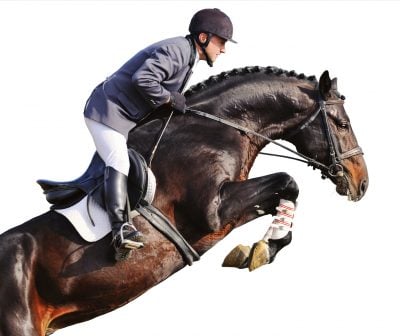
The problem is that horses were not designed to live like hot-house flowers. They’re set up to move about eighteen hours a day among a small band of friends and family foraging for a variety of delicacies. Performance horses in the fifties and sixties lived in box stalls, usually about 12 X 12-feet. Their diets had little to do with what nature intended. Denied social bonding, a wholesome diet, and freedom of movement, horses get nutty. They become overly dependent on their human handlers for everything. It’s a sick relationship based on a healthy calling to bond with another species.
The people caught up in performance specialties don’t seem to fare much better than the horses. Most appear to get into it because of a profound spiritual calling to horses. It seems to take nano-seconds for highly motivated humans to turn into pathological control freaks in performance specialty realms. I became obsessed with figuring out why.
That led to a graduate program in clinical psychology. I began to learn what made people tick. It was a fruitful time. I met my soul mate, who turned out to be a dog guy. I also developed what turned into a life-long fascination with how relationships work. What makes some marriages and families function well and messes up others? How does one person’s psychopathology affect that of others in his or her life? What sorts of relationships mitigate the damaging effects of chronic mental illnesses?
Animal therapy for PTSD
Being a born critter person, I naturally explored animals as potential helpers for those who suffered from what eventually became known as Post Traumatic Stress Disorder (PTSD). My first informal dog trial worked beautifully, even though it came about by accident. Within a couple of months, I worked out a loose protocol employing my dogs in my clinical practice, which at the time was office-based. I quickly turned it into a home-visit practice, which just as quickly morphed into a practice primarily run out of our home. If a patient had animals at home, that’s where we worked. If not, or if the patient was too distracted at home, I worked with them in the setting my dogs were the most comfortable with.
Countless patients whose brains had been hijacked by unspeakable trauma found their way back through the delighted grins of dogs who were genuinely happy to see them. They practiced holding paws, throwing sticks and trotting down woodland trails behind wagging tails. While they did that, their brains re-wired their happy; to enthusiastic greetings, eye contact, and giving joy to another. Gradually, the humans re-established a sense of confidence in their abilities to make authentic and safe relationships. Then, they practiced these newly reintegrated skills on the people in their lives. And, they’re off…
Whoopee, I knew how to treat an untreatable disease without psychotropic pharmaceuticals. It worked. My practice was perpetually over flowing. Life was good, it seemed. I thought about horses often, but usually with a sigh of relief for having escaped the craziness of the performance world. There was a longing for them though. I dreamed of them nightly. That never went away.
Life took another sharp turn after my husband died. His death coincided with that of the last of the Goldies who had lived and worked with us for a quarter of a century. I was bereft. Then, my beautiful mountainside property began to slide. What the …?

She dragged me out to look at a horse she thought was perfect. What I saw was a lame, traumatized three-year old Walker whose mouth was shredded, his back was tender in four areas and his feet were misshapen from ridiculous trimming. I was horrified for that poor horse and bought him for her on the spot.
We all have crazy moments. That one was a big one for me. Cut me a bit of slack though. I thought she knew about horses. She told me she did. I was in such a state of shock by beholding that poor, young horse, that in the moment, I hadn’t been quick enough to process that my partner didn’t really have a clue. Well, she was about to learn. And I have to hand it to her, she dug in and learned. She learned a lot of stuff that I didn’t know about. We quickly began to challenge one another to grow our respective equine skill sets.
My partner taught me to be far less compulsive about “training” and far more attentive to mood. I came up in a world in which performance was the gold standard by which all horses’ value was measured. We quickly wound up with three profoundly compromised young horses. My job became figuring out how to give them viable lives in a world that still valued horses primarily for their athleticism.
None of these horses was ever going to become blue ribbon athletes. I felt frantic while my business partner, Tana, was amassing wounded horses. She found them, but I kept being the one who had to pay for their upkeep. It strained our relationship mightily, but also pushed me to discover the wild world of equine-guided, -assisted and -facilitated learning and psychotherapy. It dovetailed beautifully with what I had been doing with dogs. The holistic approach through horses worked even better and faster than that with dogs.
Bliss and mindfulness
It turned out that during my years of treating people with dogs, there was a whole movement of people doing similar work with horses. I was ecstatic. I had finally made my way back home, through an extremely problematic partnership. Life is weird.
I hadn’t looked in the literature for information on treating mental health issues with horses until I accidentally shared a moment with a boarder at the ranch where we kept our little band. It was a lovely summer evening. I was on my way to visit with our two mares who were enjoying the balmy weather in a back pasture. As I passed the darkened and perpetually dank indoor arena, I heard an odd chirping coming from the back. I paused and peered into the darkness. Now highly pitched words were mixed among the chirps.
First, I thought that it was a migrating bird I hadn’t yet encountered. When words arrived in the same timbre, I was intrigued. This was a curiosity that I couldn’t pass up. By that time in life I had worked in a variety of mental health treatment settings. Weird vocalizations often accompany a mental health breakdown. I leaned into the front gate of the arena. There was movement back there, but I still couldn’t see much.
“Are you okay?” My query was met with more chirping. I entered the arena, awash in curiosity. What I found still makes me chuckle.
In the far back corner of the arena was one patient, elderly horse standing about twelve feet away from one morbidly obese middle-aged man with a grin from ear-to-ear and a huge western saddle laying catty-whompus in the sand footing between them. I asked the man how it was going. He said, “It’s fantastic! I’ve never been better in my life.”
I looked quizzically at him, the horse and the saddle. “How so?”
The man flung his hands above his head and did a little dance. Of course, the horse backed itself into the far back corner when he did that. He didn’t seem to notice. He was carried away by bliss.
I asked him what he was trying to do. He said, “When I came today, I thought that I was going to try out this new saddle.” He looked at the forlorn hunk of leather and fittings sprawled across the sand. Then he waved toward the horse. “He doesn’t like it.”
I looked over at the horse. He was a beautifully conformed quarter horse that looked to be about eighteen years old. “Is he yours?”, I asked.
“He sure is!” The look of pride and satisfaction on the man’s face could have lit the Vatican.
“He’s beautiful. How long have you had him?”
“Three days!” the man said. Every word that came out of his mouth had an exclamation mark attached. I’ve rarely encountered humans that can hold onto a sense of excitement that long. It was contagious. I was excited for him and a bit scared for his lovely, old horse.
“He’s a really nice horse. He’ll make you a great friend, if you figure out how to be with him. He’s trying to figure out you, as much as you’re trying to figure out him. You might want to work with him from the ground for a while before you try to ride him. Horses are like women. You can’t rush them.”
The man’s face flushed. “Really? I thought he was getting bored and I had to ride him to keep him fit.”
“That’s not been my experience with horses. The slow way around gets you home safe and sound. What is it that you like about being with your horse?”
He sighed and then his out-sized grin flashed across his face. “When we’re together, that’s where my head is. It’s right here right now. That never happens to me. I’m always thinking, worrying about work and home. You know, life. Here, hours go by and they feel like seconds. I’m totally engaged here.”
It was in that moment that I got what it was that the dogs had done for my earlier patients, the horses did it too, only faster and smoother. The “it” was mindfulness training. Being in the presence of someone from a different species requires us to be more present and engaged. When that being outweighs us by ten times, the imperative becomes even more compelling.
To develop and maintain effective boundaries with someone that much bigger than us requires us to pay attention differently than we do in our human-constructed worlds. That focuses our attention fully in the now by shutting down the internal dialogue that most of us spend most of our lives engaged in. There is nothing more freeing for the human psyche. When our internal dialogues quiet down, even if it’s just for a few minutes a day, our brains become more agile. New and more complex pathways appear in our nervous systems. These build resilience into our neuronal nets. And, it feels great to be focused on the now. It’s intrinsically reinforcing, which means that we want more of it.
It’s also what calms horses and all the critters that I’ve tried it on so far. When our nervous systems focus on now by dropping that internal dialogue, it seems like they link with us. Most domesticated animals zoom into the link the second it manifests. Their bodies show us, once we get hip to what it looks like. Usually it’s heralded by a release of tension. That may look like a yawn, or a shake and roll, or even just a tiny quiver. That release happens in the human too. Sometimes it’s subtle. Other times, it’s more intense. It looks like both systems are recalibrating when they hit the link. Once it’s secure, the channel seems to open a river of information flowing between the human and critter. The critter may relax, knowing that they’ve discovered a safe spot. It can go other ways though. We have to be ready for anything.
Canine versus equine therapy buddies
I feel the primary difference between horses and dogs, from a therapeutic perspective is size and familiarity. There well may be more going on though. Where I see it showing up is how much more acutely people pay attention to horses. I think this stems, at least in part with the baseline survival issues that come up around a critter that out weighs us by 10 times.
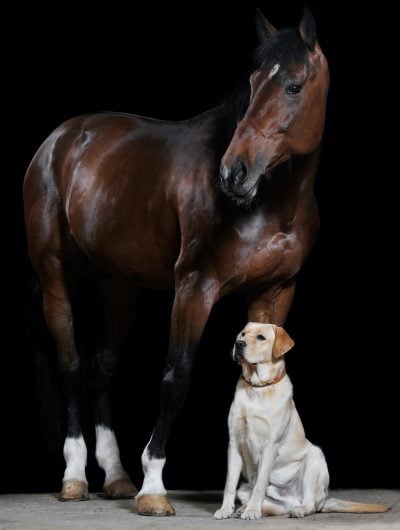
This is a HUGE deal! Unsuccessfully treated PTSD leads to character disordered thinking, which in turn leads to self-involvement so profound that there’s often a complete loss of connection with the reality of others. This leads to all manner of social, physical and spiritual problems. Reclaiming these connections not only gives people so afflicted their lives back, it also frees countless others from the damage they often unwittingly dish out.
Both canines and horses are highly emotionally reactive. That’s great in a therapeutic context, as it invites the patient or client to open up that sector too. There is nothing on this magnificent planet that’s more contagious than feelings.
Horses are, in my opinion, better at setting boundaries with people and taking care of themselves over all, if their human(s) are skilled at giving them room to move out should they want to. Not only do people become instantly mindful in their presence, they do it from a position of being the less-than beast. This is often a first for horse naive person. It’s great for humans to put themselves in positions in which we’re not the strongest, fastest, smartest being around. It teaches us humility. When we get good at being humble, we’ve got a shot at grace. Those carrying around stress-induced brain damage, which is everyone I have met so far, need all the grace we can muster to rebalance our neuronal nets. So do those with mental illnesses. There are few states of mind healthier for the carrier, and everyone who comes into connection with her or him, than Grace.
Dogs are great therapy facilitators too. The human co-facilitator needs more skill to get the same work done with dogs. Most humans don’t automatically go into mindfulness with dogs. In fact, many people get into their Dominion Delusion when a dog shows up. Once you get people past that glitch, dogs and horses do pretty much the same thing. The process moves a lot faster with horses. It’s also far smoother. The great news about dogs is that they’re way easier to keep and less expensive for the client.
Those lucky enough to have horses in their lives now have options to develop that aspect of their horsemanship. When I was a youngster, there were few trainers around who got that. I was lucky enough to have spent several years with a classical dressage trainer early on. He had a life-long mindfulness practice, which he certainly did not think of as such. It informed his life though. And, that was enough for me to get the importance of how I used my attention. There are few greater gifts.
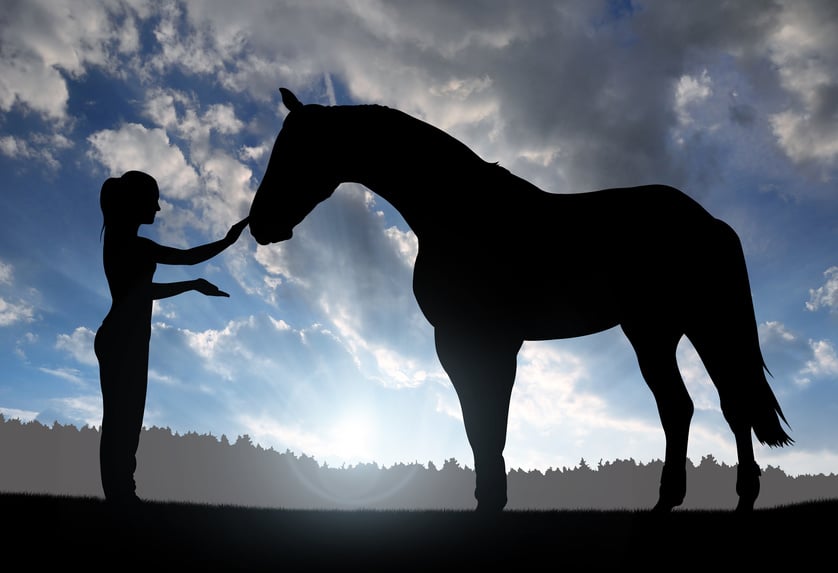
Special stories and experiences from fellow horse listeners


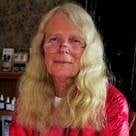 AUTHOR BIO: Pat Rothchild is a psychotherapist with 36 years of practice under her belt. Shifting her perspective from trainer to student in relation to her horses, cats, dogs and chickens was a hugely productive step, as was the journey from western medicine to holistic healing. She feels plants and animals are stepping up to offer us paths toward healing our
AUTHOR BIO: Pat Rothchild is a psychotherapist with 36 years of practice under her belt. Shifting her perspective from trainer to student in relation to her horses, cats, dogs and chickens was a hugely productive step, as was the journey from western medicine to holistic healing. She feels plants and animals are stepping up to offer us paths toward healing our 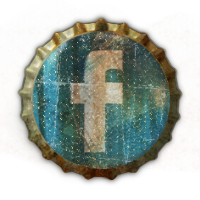
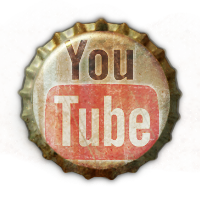


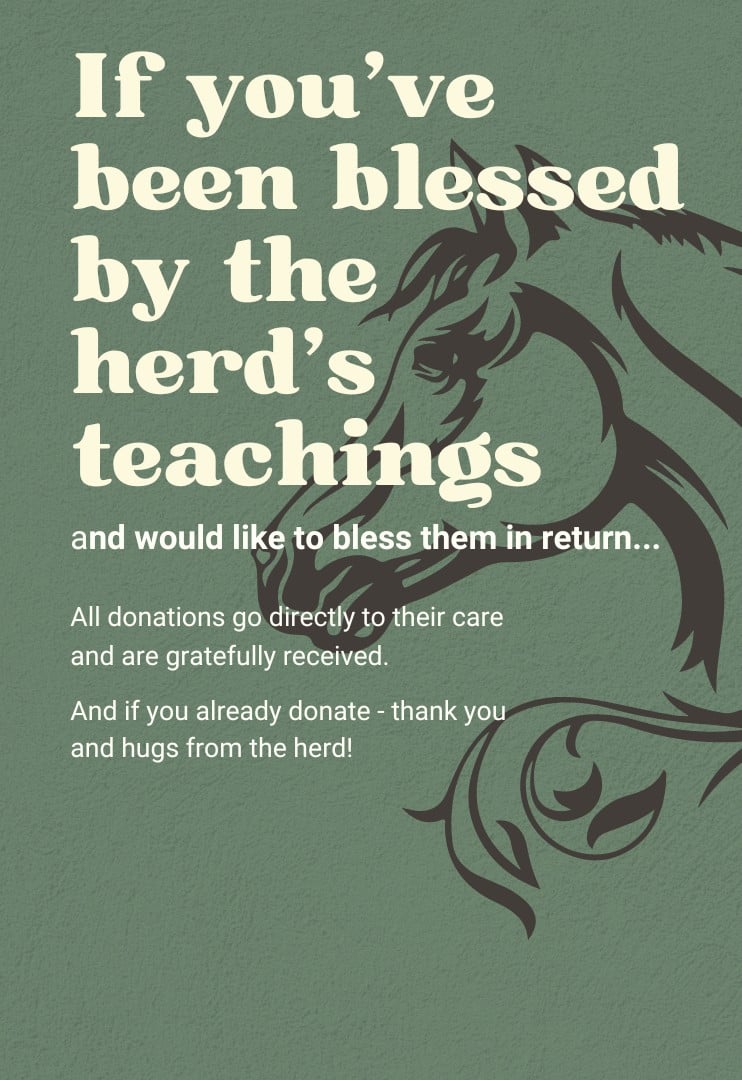
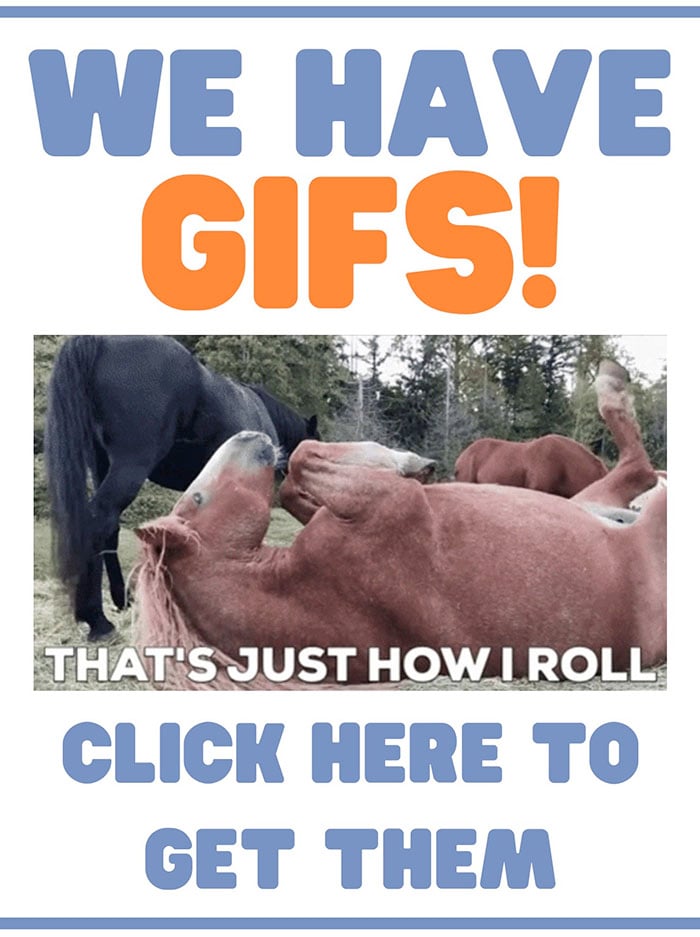
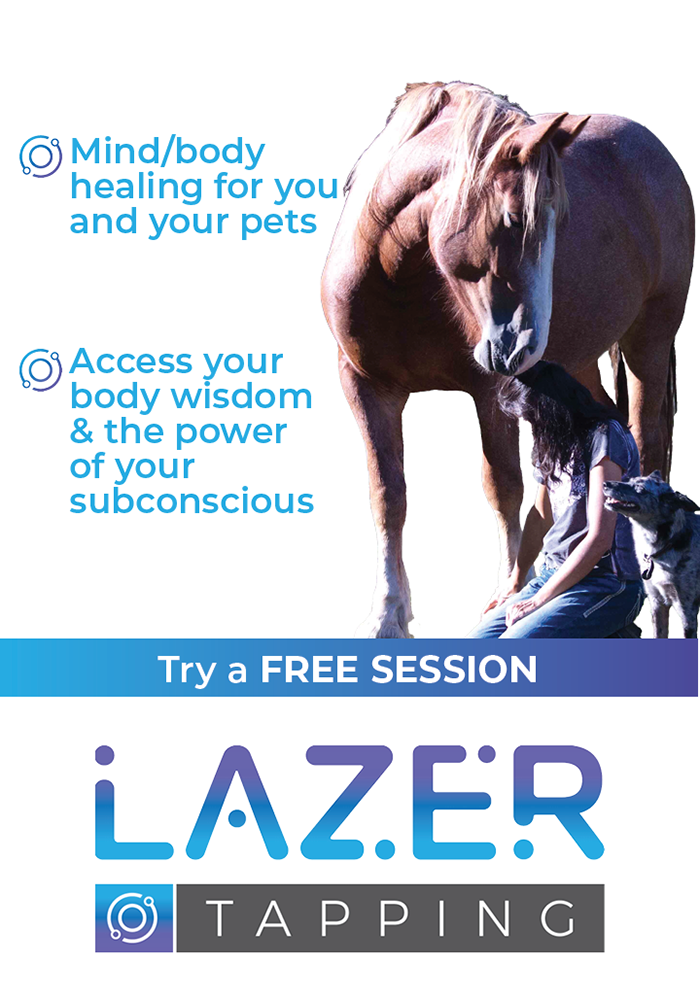
LOVE the story of the boarder Pat! I get such visuals in my head when I read this!! Sure hope they made it through okay.
I also would love to know more about the differences of therapy with dogs vs. horses… maybe with stories/examples? Here or in a post – either would be good!
Thank you for sharing your story Pat. I just love to read about other’s paths that led them to Equine assisted-facilitated services, as I am becoming one myself. It feels so good to meet and discover “my true herd”; the herd of horsey humans with whom I belong.
Thank you, Capucine. How exciting it must be to be embarking on your journey. Where are you? What’s your setup like? What population do you intend to work with? I love learning how others are negotiating this wonderful and challenging path.
Like you, I find creating connections with the tribe of humans called to heal with critters is both critical and a marvelous part of this gig. We’re nifty humans, so long as our horses keep our hubris in check. They’re so great at it, that it rarely becomes an issue among these sorts of evolved critter folk.
I am into my second year of working with equine and equine professionals for EAP. I also feel this is “my true herd” and I include the horses in my life and those I’ve met in the herd.
Hi Sharon:
Thanks for introducing yourself. Congratulations at having made such a nifty career choice. How’s it going so far? I often wonder what it’s like for folks approaching this field from different perspectives. There’s so much diversity within this healing alcove.
The primary difference between horses and dogs, from a therapeutic perspective is size and familiarity, I think. There well may be more going on though. Where I see it showing up is how much more acutely people pay attention to horses. I think this stems, at least in part with the baseline survival issues that come up around a critter that out weighs us by 10Xs.
When survival issues arise, they go straight to the head of the line. Our internal dialogue shuts down. We become instantly acutely mindful. This is a skill that’s essential to develop, but is rarely well reinforced culturally. Developing it opens access to a range of skills and strength. This state-of-mind generates the growth of new neurons. This increases our resilience significantly. It also equips us to create neurological workarounds for brain damage arising from stress.
This is a HUGE deal! Unsuccessfully treated PTSD leads to character disordered thinking, which in turn leads to self-involvement so profound that there’s often a complete loss of connection with the reality of others. This leads to all manner of social, physical and spiritual problems. Reclaiming these connections not only gives people so afflicted their lives back, it also frees countless others from the damage they often unwittingly dish out.
Both canines and horses are highly emotionally reactive. That’s great in a therapeutic context, as it invites the patient or client to open up that sector too. There is nothing on this magnificent planet that’s more contagious than feelings.
Horses are, in my opinion, better at setting boundaries with people and taking care of themselves over all, if their human(s) are skilled at giving them room to move out should they want to. Not only do people become instantly mindful in their presence, they do it from a position of being the less-than beast. This is often a first for horse naive person. It’s great for humans to put themselves in positions in which we’re not the strongest, fastest, smartest being around. It teaches us humility. When we get good at being humle, we’ve got a shot at grace. Those carrying around stress-induced brain damage, which is everyone I have met so far, need all the grace we can muster to rebalances our neuronal nets. So do those with mental illnesses. There are few states of mind healthier for the carrier and everyone who comes into connection with her or him than Grace.
Dogs are great therapy facilitators too. The human co-facilitator needs more skill to get the same work done with dogs. Most humans don’t automatically go into mindfulness with dogs. In fact, many people get into their Dominion Delusion when a dog shows up. Once you get people past that glitch, dogs and horses do pretty much the same thing. The process moves a lot faster with horses. It’s also far smoother. The great news about dogs is that they’re way easier to keep and less expensive for the client.
ohmegosh Pat, this answer is so excellent I have added it to your post (along with a spiffy photo). And I love the part about humility and grace. Also this part:
“Developing it opens access to a range of skills and strength.”
Reminds me of when my herd requested I stop acting like a dumb human and become fully part of the herd. This involved moving from the space of, “I’m the fragile human, so you must never come into my space, or put me at risk of getting knocked or bumped.” TO: Developing that herd awareness of where everyone was at all times, what was happening in the environment; movement and energy. And acceptance of how the herd worked – i.e. who had to move when who asked them to, and the domino effect that could create down the line. And so where am I standing when #1 asks #3 to move, simultaneously knowing that #2 is blocking the way of #3, so the only path out is between me and the slow feeder. So if I don’t want to have the bejeesus scared out of me, then I just might want to move over a bit when I first sense #1 asking #3 to move. And so on.
The next few months after accepting this challenge were nothing short of remarkable. And yes, like you say, it was as if long-dormant, yet primal aspects of my brain were waking up and beginning to function again. A whole new world of awareness; feeling, sensing, information-gathering opened up. At first I had to work at it and they obligingly scared the crap out of me on a regular basis, “Wake up!!” But after several months it became automatic.
At home, it’s often the case that me and the dogs are simultaneously ears up, alert, “What’s that?” while the rest of my family or guests carry on oblivious.
It was really funny when they first asked me to become a proper herd member, and I gave them the standard, “I’m smaller, weaker, slower speech.” They looked at me with disbelief and flashed me a picture of myself slipping between the fence boards, saying to me, “Are you kidding me?? You can go THROUGH fences! You’re a freakin’ ninja!” When I saw it from their perspective, I realized what I was suggesting was kind of ridiculous. 😉
When we practice mindfulness regularly, our brains remember how to function with both hemispheres lit up simultaneously. It feels great probably for 2 reasons. 1. That’s how we evolved to function for 56-million years less about 10,000. During those last 10,000 years since we began reading, we humans began to disengage from our right-hemispheres neurologically speaking. This has changed EVERYTHING! The right hemisphere handles relationship issues. Has anyone noticed how poopingly we’re relating to each other and our collective life-support system recently?
2. We have access to twice the vitality, at least, when we practive mindfulness. Horses are hands down the most effective mindfulness coaches on this planet.
We desperately need to fan this skill throughout the human population. Teaching people mindfulness with horses gets people over their initial resistance. Getting a good start with one’s mindfulness practices can be rough for folks with anxiety issues. Horses are spectacular at getting them over that abyss. And, you don’t even have to tell them that’s what they’re doing. This can be helpful when working with those whose belief systems get triggered by the concept. ‘Oh, no, nothing airy-fairy happening here. We’re just headed out to the back forty to check on the horses. Wanna come?’
When our bodies rise with those of our bands and packs, what’s up? First, I’m not sure, but I’m full of ideas about it. This happens, I think, when our nervous systems latch onto and eventually integrate with that of the band, pack, pride or flock. I think, but have not followed up with a literature search yet, that a similar mechanism happens within human families and between close friends. Have you ever known your parent, child or sibling was on the other end of the ringing phone? I think it’s that sort of energetic link.
A few months ago, I began obsessing over writing a beginner’s guide to encountering horses as our spiritual guides. I got a picture of a beautiful little girl whom the fates had decided to have me facilitate the perfect equine education for. The child began to evlove on the screen of my mind’s eye. Then one day the phone rang. It was my nephew. I only hear from him when someone dies. He was weeping.
The 6-month-old fetus his wife was carrying, of whom I had been unaware, had been diagnosed with a horrible brain wasting disease. The following week, their physician was going to induce labor prematurely to kill her. John was understandably devestated. I can only imagine what his wife was enduring.
That night my muse for the book revealed herself as my grand niece in a dream. She begged for me to fix the broken brains. She wept and screamed as she showed my her broken brain. “Look, don’t turn away. LOOK!!!” It seemed that her tantrum would never end. It was a true nightmare.
Now I certainly can’t say for sure that was my literal niece screeching at me from the womb days before she was sacrificed. I don’t have a clue. What I have experienced enough to feel confident about is that we’re connected energetically. When one of us beats her wings, we all could feel the breeze she generates a world away. To the extent that we’ve reawakened our brains, we can feel it. P.S. The messages are usually delivered encrypted.
So Jini, when you and the pack’s ears prick together, something somewhere in your organism has latched too the pack’s energetic stream. We’re aware of about 1/1000th of what our nervous systems are up to. It takes care of most of our bodily, emotional and spiritual functions outside of our awareness. Apparently, our energetic couplings often reside there too.
learned so much by reading your article, thank you!!! Love from the Netherlands, Annemarie Slee
Thank you, Annemarie. It’s one of life’s niftiests pleasures to know somebody half-a-world away has linked energetically with one’s thoughts. Life provides few better highs! I would love to know of your adventures with equines.
Pat, I absolutely love your writings! Please continue to write and publish, so all of us can continue to learn from your insights! About the size of horses giving them an edge over dogs, I would add to that also, the size of their hearts. Based on my personal experiences, there must be some other, energetic element that elevates our consciousness, and makes accelerated healing and learning possible. I would love to hear your thoughts on this.
Thank you, Dorota. It’s nice to revisit this article. I appreciate knowing that this work resonates.
I think size is a critical variable in the ease with which horses appear to heal our wounded emotions, minds and spirits. I also agree that there are probaby other variables. One may be how our respective mirror neurons interact. I riffed on this in another blog site and was roundly chastised as lacking professionalism. That surprised me, so I pulled in my sail to give myself time to assess the currents.
Let me be clear that I don’t know why horses heal humans as well as they do. I have some guesses born of 37 years of clinical work with humans and critter co-facilitators. They’re not backed up by research. So, if you want to take a spin through my thoughts on this, you’re welcome to, so long as you get that my impressions are just that.
My best guess is that our kinship is an operant variable. 56-million years ago we shared stemparents with horses. If you compare our skeletal structures with a rearing horse and a human standing with raised arms side by side, you see that our bodies are spookily similar.My guess is that the soft tissue of our nervous systems are too, even though there are several documented differences.
I think that something so ineffable occurs when we link with horses, from a perspective of mindfulness, that the most fitting description I have come up with is ‘magic happens.’ That magic feels like a familial bond to me. What I see my clients get from their time with horses is an instant sense of HOME, when they engage hoses mindfully. The same thing doesn’t happen if I fail to adequately teach the client to move into mindfulness easily.
So, this leads me to believe that mindfulness is a critical component to horses’ healing mojo. That appears to be horses’ default state-of-mind. It probably was ours too, before we became literate about 10,000-years ago. So, maybe horses lead us back to familiar neurological functions that modern life has obscured. Maybe, the combination of our kinship, similarities in our structure and biochemistry, and our mirror neurons linking in mutual mindfulness brings on the healing. That’s my best guess at this juncture.
I’ve been a clinician for 37 years, not an empiricist. I have not spent loads of time researching clinical procedures since I began practicing either. Frankly, I was turned off by the trajectory of my profession decades ago. I pretty much made up my own path as I went. What interested me was what worked for my clients. Hands down, well kept critters work best, so long as I could get the client sufficiently motivated to practice mindfulness. What horses can do that other critters don’t is to bypass the need for me to get the client proficient at mindfulness first. If necessary, horses can get them there without much help from me or the client, so long as I prep them mindfully and am available to them in a state of mindfulness during the session. This bypasses a whole slew of potential resistance.
One of the first things my critter-co-facilitators taught me was to teach my clients mindfulness first. Once people develop their mindfulness practices to the point that they can get there in a variety of situations, their ready to link with any critter for healing. For some folks, that’s a huge leap of faith. With borses, they just sail right over it.